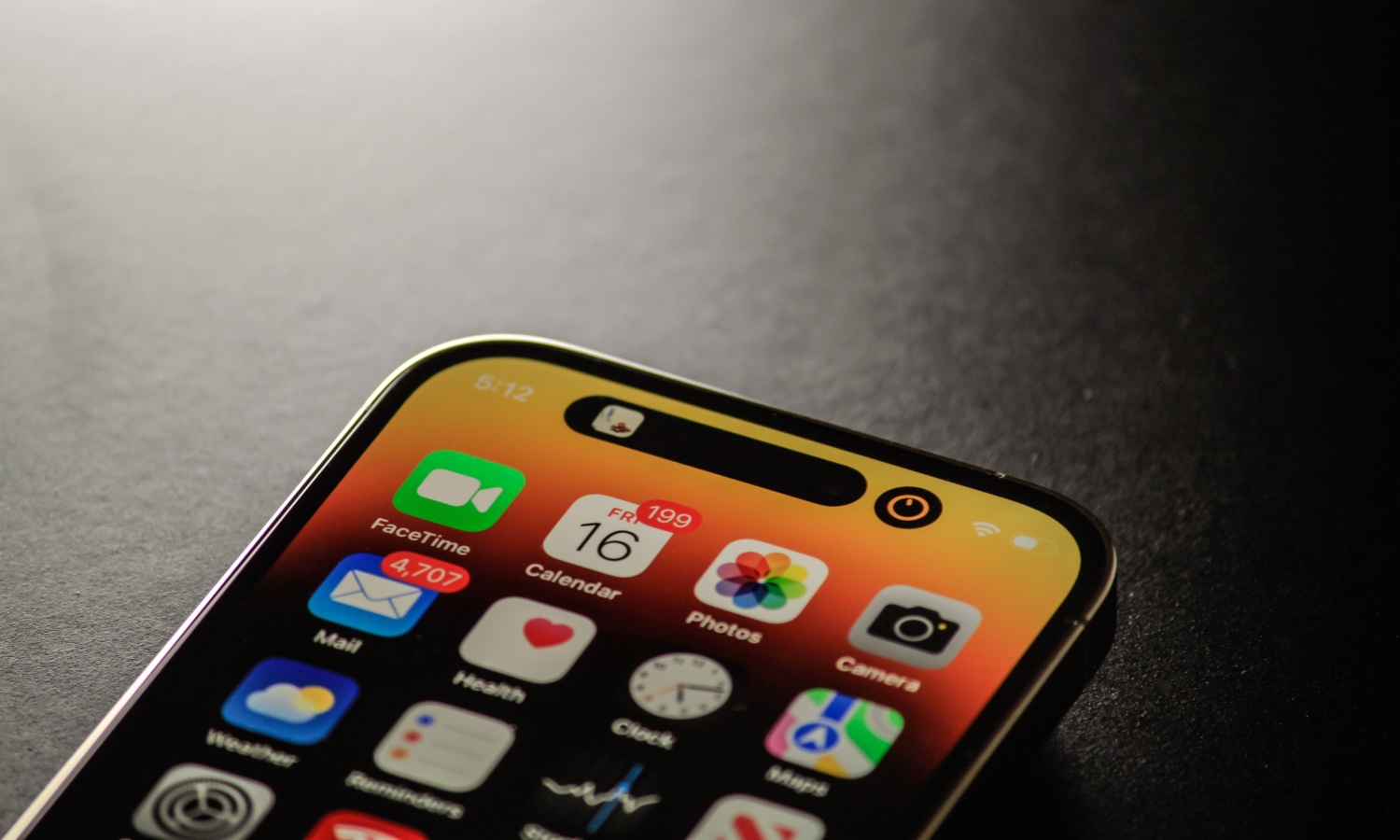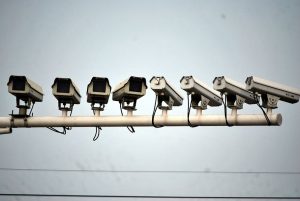
Five Common Mistakes Apple Users Make
Apple has built a tight-knit community around its products, with over one billion iPhone users worldwide. Their services are valued for outstanding design, but no less important are the security and privacy features that Google’s Androids lack.
We’re just a few days from the iOS 17 preview on June 5, and there’s no better time to explore the numerous possibilities that this operating system offers. You might’ve missed all its neat features if you’ve just got your first iPhone, but even Apple’s longtime fans can find new valuable features to enhance their smartphone.
This article overviews the five common mistakes iPhone users make and how to avoid them!
1. Forgetting Device Security
The iPhone is renowned for its robust cybersecurity features and is considered way safer than other smartphone brands. However, do not take this for granted, as cybercriminals develop iOS hacking tools daily.
Just last year, Apple announced critical security vulnerabilities that could grant cybercriminals “full admin access” privileges – a scary thought. Here are mandatory cybersecurity practices to keep your iPhone safe.
- Immediate Updates. Once Apple notices bugs in their devices, they patch them ASAP and release updates. Skipping updates is a common practice and a critical mistake. Cybercriminals use sophisticated software to look up unpatched devices and exploit known vulnerabilities. It’s highly recommended to apply updates whenever they are released to avoid unnecessary risks.
- iCloud security. iCloud is a comfortable way to store and sync your files across multiple devices. It’s one of the best things in the Apple ecosystem. However, iCloud had a serious data leak, so you should think twice before storing sensitive information there. Furthermore, business-related information should only be uploaded or shared via iCloud servers that are optimized for that. Instead, using third-party cloud software specifically designed for secure file sharing with end-to-end encryption, zero-knowledge architecture, and automatic data backup is best.
- iOS privacy settings. Apple is one of the few BigTech companies that concentrate on user privacy. Go to Settings -> Privacy and explore its numerous possibilities. You can turn off ad tracking to prevent sharing details with third parties, manage app permissions, and limit data sharing with Apple. You can read more about it in our iOS 15 privacy and security article.
2. Jailbreaking iPhone
Apple has a much stricter Apple Store policy than Google’s PlayStore. Apple has numerous requirements for developers before they put their software to public use.
In comparison, PlayStore is much more liberal. The result is limited app availability on Apple Store but also fewer fraudulent applications containing viruses. To get access to more apps, some advanced smartphone users jailbreak their phones, stripping them of restrictions.
You should know that you’re also stripping your iPhone of any warranty. Once you jailbreak an iPhone, you are solely responsible for its safety, and Apple will not take responsibility if anything bad happens.
Furthermore, you will no longer receive critical updates, leaving your device vulnerable to hackers, unless you use sophisticated third-party cybersecurity software. Proceed with jailbreaking only if you know very well what you’re doing.
3. Using Unlicensed Chargers
One thing that almost nobody likes is Apple’s prices. Even a simple charger can cost up to $40. Meanwhile, you can find unlicensed chargers in various shops and gas stations. These chargers may hurt your device and its battery lessening its lifetime. Many buy them unknowingly that these dangers exist, so make sure you buy one with the MFi (Made for iPhone) logo to prove its authenticity.
4. Skipping Find My Feature
Losing your iPhone happens to the best of us, not to mention petty street thieves. iOS has an in-built Find My feature (equivalent to Google’s Find My Device), which will send your device location to Apple when it runs out of battery or upon request or plays a sound. That’s because who hasn’t lost a phone at home?
Furthermore, it can locate the device even if it’s not connected to a cellular network or Wi-Fi. Go to Settings -> [Your Name] -> Find My iPhone, and enable chosen options to activate it.
5. Not Taking Care of Battery Health
Most users wait until the battery is nearly drained and charge it fully. However, it’s not the best way to maintain lithium-ion batteries. In the long run, it will reduce the battery’s longevity, and although the degradation is unavoidable, you can postpone it.
Go to Settings -> Battery -> Battery Health and turn it on. Your iOS will monitor when you charge your iPhone and for what duration and will postpone charging it fully until you start using it. It will extend your battery life and save you money, considering iPhones aren’t cheap.
Honorable Mentions
There are more tips, like clearing unused apps, using a Ring/Silent Switch, or setting Alternate Appearance identification, but explore your iOS device to learn about them all! iPhones have dozens of useful features, and we outlined the most important ones to keep your device safe and usable for as long as possible.


